Discovery | Quanzhou: Where Maritime Silk Road Starts
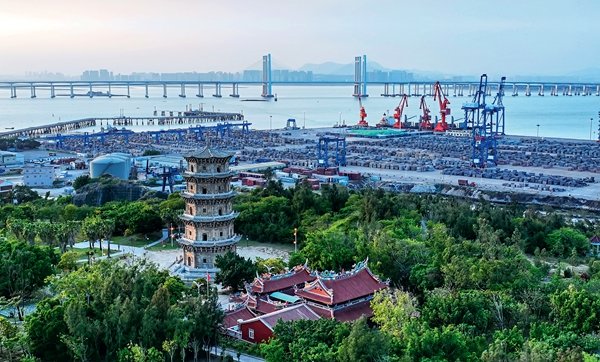
Quanzhou, a coastal city in southeast China's Fujian Province, has a history that dates back more than 1,700 years. Quanzhou has been identified by UNESCO as the starting point of the Maritime Silk Road, ancient China's maritime channel for trade, communications and cultural exchanges with other countries.
Quanzhou is situated in the southeastern region of Fujian Province. The city is known for its time-honored history, and for its rich cultural blend. In 1982, Quanzhou was designated a national historical and cultural city by the State Council, the central government's cabinet.

Quanzhou's exchanges with neighboring countries can be traced back to the 6th century. The Maritime Trade Office was established in Quanzhou, by the national regime, in 1087 to manage maritime trade affairs. The office's establishment marked the city's rise as a national hub of maritime trade, and the office was essential to the city's economic prosperity and cultural exchanges. Quanzhou was known as "the largest port in the East" during the Song (960-1279) and Yuan (1206-1368) dynasties. The city had frequent trade contacts with more than 100 countries or regions during its heyday. Countless potteries, silk products, aromatic perfumes, medicinal herbs and other goods were shuttled between Quanzhou and the ports of other countries along the Maritime Silk Road.
With numerous merchant ships from the East and the West coming and going, day and night, Quanzhou's prosperity was vividly recorded in The Travels of Marco Polo, which recounted the 17-year stay of Marco Polo, a legendary Italian traveler, in China. In 2021, UNESCO (United Nations Educational, Scientific and Cultural Organization) accepted "Quanzhou: Emporium of the World in Song-Yuan China" as a cultural property on the World Heritage List.
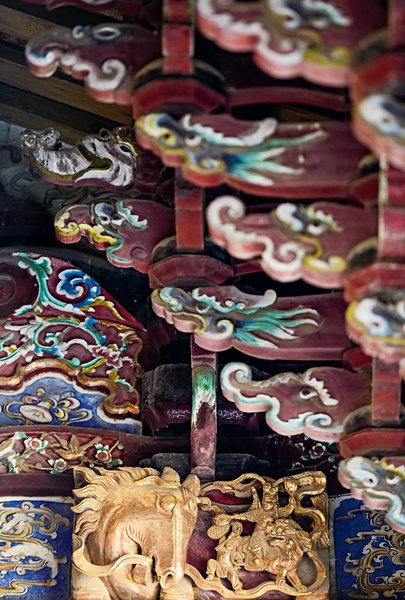
Unique Dwellings
Quanzhou is the birthplace of Minnan culture ("Min" is the shortened name for Fujian, and "nan" means south). During the Han (206 BC-AD 220) and Jin (265-420) dynasties, large numbers of ethnic Han people migrated to southern China, from the central plains of China, and they settled in Quanzhou. Hence, the culture of the central plains began to merge with the local culture, thus precipitating the formation of Minnan culture, including language, customs and dwellings. With Minnan dialect as its carrier, the influence of Minnan culture eventually reached Zhejiang, Guangdong, Hainan and Taiwan provinces, and even as far as Southeast Asian countries.
The ancient cuo (building in the Minnan dialect) is a traditional residential complex in Quanzhou. The magnificent buildings feature red brick walls, embedded with white stones, cocked fork-tailed roof ridges, and exquisite stone and wood carvings. The house has many functional zones — including the ancestral hall, residential zone and family school. The red-bricked residences can also be found in other regions of Fujian.
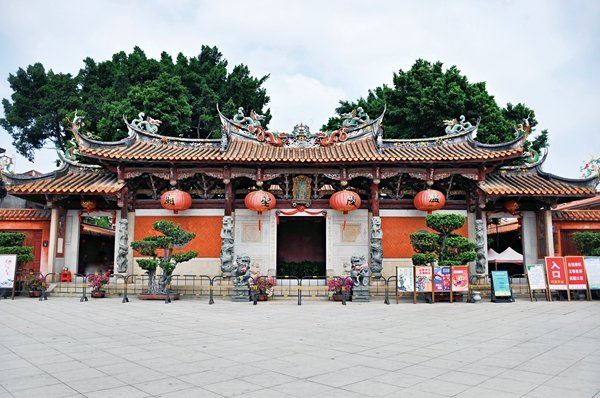
Different Civilizations
Quanzhou — going back centuries — has long been known for the integration and co-existence of various civilizations. In ancient times, Quanzhou was a vital exchange hub for various civilizations and religions. During the Song and Yuan dynasties, the burgeoning trade drew streams of Arab and Persian merchants to the city, making Quanzhou the largest community of Arabs in an oriental country.
During the Ming (1368-1644) and Qing (1616-1911) dynasties, many European missionaries brought Western culture and religions to the city, boosting the integration of Eastern and Western cultures.
Today, traces of the Arab and Western civilizations can still be found in Quanzhou. Various cultural traditions and religious beliefs still co-exist in the city. Quanzhou is widely recognized as "the Museum of World Religions." Tumen Street, an ancient street with rich cultural heritage, perfectly illustrates the blend of religions and cultures. Many religious institutions stand side by side on the street. Qingjing Mosque, which dates back more than 1,000 years, is the oldest mosque featuring the Arabic architectural style in China. Tonghuai Temple of Guan Yu and Yue Fei is less than 100 meters from the mosque. It is the largest temple for worshiping Guan Yu, the saint of martial arts, in Fujian.
Quanzhou also has other must-see temples, including Kaiyuan Temple, the largest Buddhist temple in Fujian, and Tianhou Temple, a Taoist architectural complex where people can worship Mazu, the Chinese sea goddess. Tianhou Temple is the oldest Mazu temple, with the highest standards, in the world.
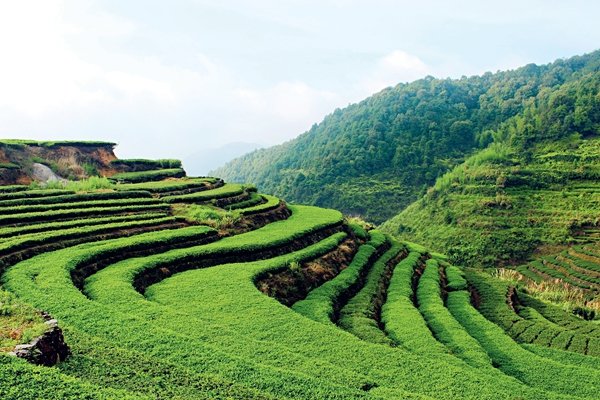
Anxi Tea Culture
Fujian is an ideal place for growing tea, given its warm, humid climate. Locally produced oolong tea is one of the most distinctive varieties of Chinese tea. It is commonly believed Tieguanyin, mainly manufactured in Anxi, a county in Quanzhou, is a fine variety of oolong tea.

Anxi's tea production dates back nearly 1,000 years. During the Ming and Qing dynasties, local tea farmers developed unique tea cultivation and brewing techniques, as well as tea appreciation and tasting methods.
As the starting point of the ancient Maritime Silk Road, Quanzhou has witnessed centuries of friendly exchanges between Chinese and people from other countries. Quanzhou is a unique port city, which integrates the charms of brilliant history, rich culture and characteristic products.
Photos from VCG and Tuchong
(Women of China English Monthly June 2024)
Editor: Wang Shasha
Please understand that womenofchina.cn,a non-profit, information-communication website, cannot reach every writer before using articles and images. For copyright issues, please contact us by emailing: website@womenofchina.cn. The articles published and opinions expressed on this website represent the opinions of writers and are not necessarily shared by womenofchina.cn.

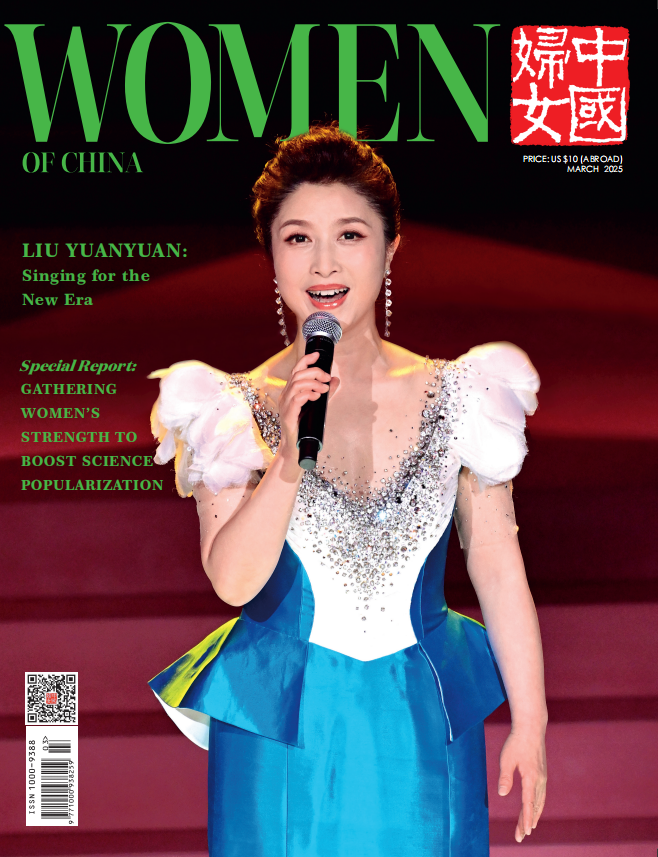





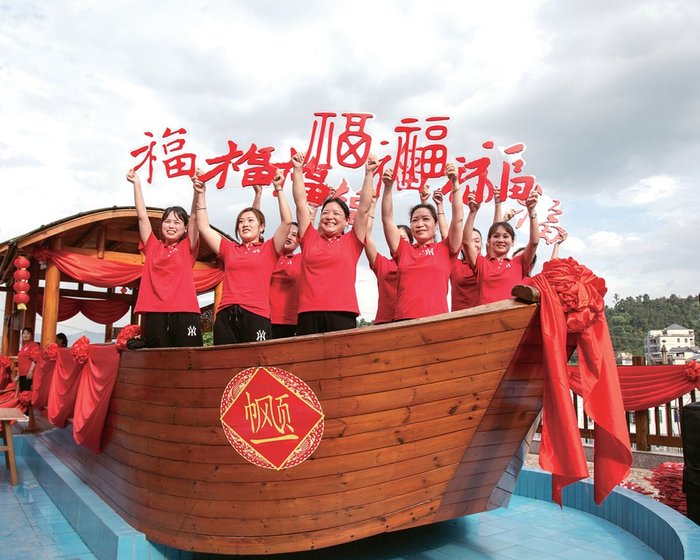
.jpg)

 WeChat
WeChat Weibo
Weibo 京公网安备 11010102004314号
京公网安备 11010102004314号